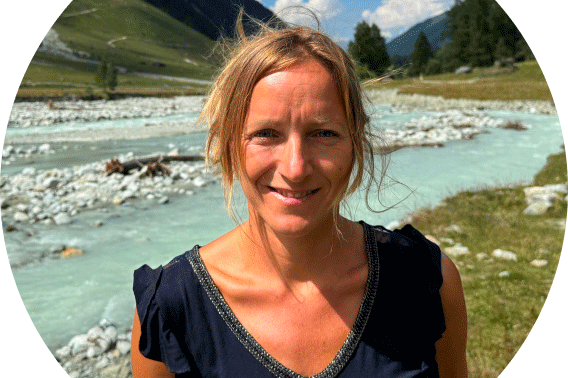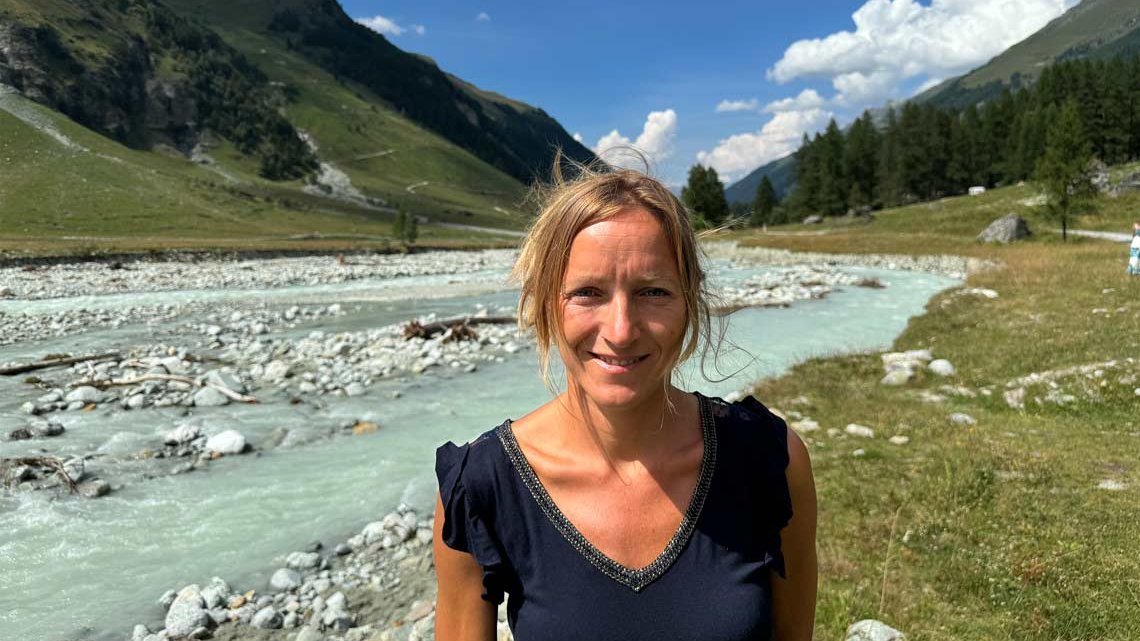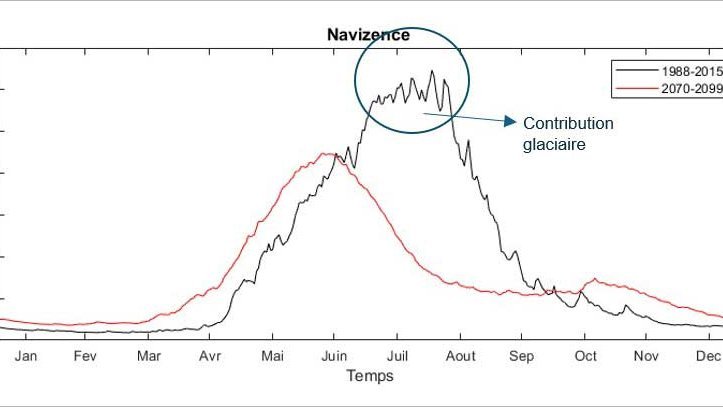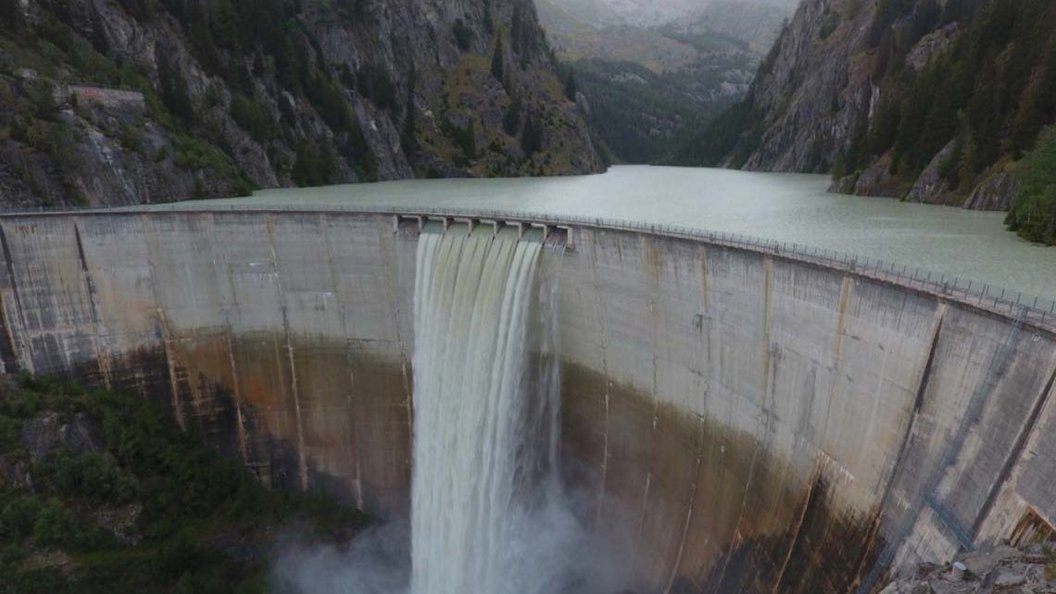What is the effect of accelerated glacier melt on the supply of water in the alpine region?
As glaciers retreat, the water supply from glacier melt will gradually decrease. If the ice melts completely, the annual amount of water will be determined only by precipitation; i.e. rain and snow. The speed of this development depends primarily on the degree of glaciation of the catchment areas, their direction of exposure and altitude.
In the case of reservoirs in catchment areas with little or no glacial influence, such as Salanfe in the Valais Alps or Hongrin in the Vaud Prealps, the availability of water and the resulting energy production depends very little or not at all on glacial inflows, but essentially on annual precipitation.
Global warming will cause the flow rate to increase earlier in the year, particularly in spring, as precipitation is more likely to be in the form of rain than snow and snowmelt occurs earlier. By the end of summer, however, the reservoirs will receive less water due to the dwindling water volumes from glacier melt.
Climate models also forecast less precipitation in summer and a slight increase in winter. This changing precipitation pattern will have an effect on the flow rate regardless of the glacier melt.







